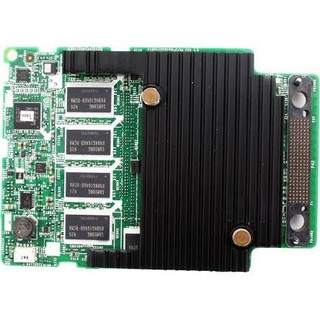A RAID (Redundant Array of Independent Disks) controller card is a hardware device that manages multiple hard drives or solid-state drives (SSDs) to function as a single storage unit. It enhances data redundancy, performance, and fault tolerance by implementing different RAID levels, such as RAID 0, RAID 1, RAID 5, and RAID 10. These controllers are essential for enterprises, data centers, and high-performance computing environments that require efficient data storage solutions.
How RAID Controller Cards Work
RAID controller cards function as an interface between the system’s motherboard and the storage drives. They handle data distribution, parity calculations, and error correction, allowing drives to operate in synchronization. Unlike software RAID, which relies on the CPU for processing, hardware RAID controllers have dedicated processors and cache memory to optimize performance and reliability. This ensures seamless data management with minimal impact on system resources.
Benefits of Using a RAID Controller Card
One of the main advantages of a RAID controller card is improved storage performance. It enables faster read and write speeds by distributing data across multiple drives. Additionally, it enhances data protection by providing redundancy. For instance, in RAID 1, data is mirrored across drives, preventing loss in case of hardware failure. RAID 5 and RAID 10 offer a balance between performance and redundancy, making them popular choices for business applications
Conclusion
RAID controller cards play a vital role in optimizing storage performance and ensuring data redundancy. Whether for personal computing or large-scale enterprise operations, these controllers provide reliability, speed, and scalability. Investing in a high-quality RAID controller can significantly improve system efficiency and safeguard critical data.

